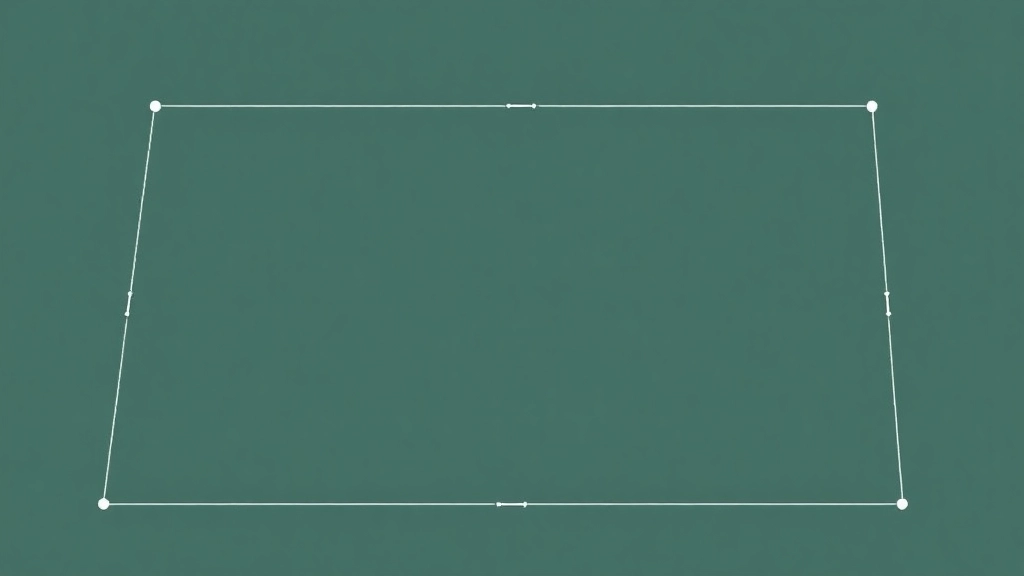Why the footprint of a tent is worth considering
Frankly, a tent can be a significant investment. You want your tent to last as long as possible, but it’s not exciting to pay an additional fee for a base on top of the hundreds of dollars you’ve already spent. There are a few key factors to consider when deciding whether or not to purchase (or have a base made) for your tent: the type of fabric the tent is made of, your usual backpacking destinations, and the importance you place on reducing weight.
What is a footprint?
Contrary to what some people think, footprints don’t magically add waterproofing to the bottom of your tent. Most modern tents already have waterproof fabrics on the bottom, such as silicone nylon or dyneema. The real benefit of a footpad is that it protects the bottom of the tent from the elements, keeps it clean and makes it easier to pitch in tricky places.
Protection from abrasive objects
Tiny rocks, twigs and roots may seem insignificant, but long-term friction can gradually wear down a thinner tent floor. Foot pads can act as a protective layer and help protect the integrity of your tent. While it’s certainly a good idea to clear the ground of debris before setting up your tent, foot mats can add an extra layer of protection.
Keep it clean
Anyone who has ever camped in the woods knows that sap can stain things. Footprints can ward off sap, mud and stains, preventing unsightly marks on your tent and ensuring it stays cleaner for longer.
Dealing with awkward angles
Ever had the experience of finding an ideal site, only to find a pesky tree root or a nasty rock that makes it impossible to place your tent? With a footrest, you can plan your space before setting up your tent to ensure that you have enough room to set up your tent and avoid awkward surprises later on. Foot mats are especially handy when you want to place multiple tents in a shared space.
Things to consider before buying
Fabric Denier
Denier is the thickness of the fibers in a fabric. The higher the denier, the thicker and more durable the material. For example, the CoreVibe Summit 2P comes with a 20-denier nylon floor, while the CoreVibe Glacier 2P comes with a 30-denier floor, making the Glacier’s floor stronger. If your tent utilizes a low denier fabric, it may be wise to purchase a protective pad to preserve the longevity of your tent floor. For tents with floors that are 30 denier or stronger, we usually skip the protective pad step, but it depends on your preference.
Terrain.
If most of your camping sites are on soft sandy beaches or lush meadows, then foot mats may not be necessary. However, for more rugged terrain, such as forests or mountainous areas littered with rocks, roots, and branches, foot mats are essential for protecting your tent floor. If you end up with a hole or tear in your tent, then Tenacious Tape is ideal for a quick fix. It’s strong and durable and will last you years of gear use.
Weight.
The thicker fabric of the foot pads can add weight to your pack. For example, the CoreVibe Explorer 2P weighs 2 pounds, 6 ounces, and the foot pads will add an additional 6.9 ounces. In this case, the foot pads would add nearly 18% to the weight of the backpack. If you’re focused on ultralight backpacking and weight reduction, then a foot pad may not be necessary. You can make your own lightweight mats to reduce weight without sacrificing durability. For more information on ultralight gear, check out our article 4 Reasons Why Ultralight Gear Endures.
Cost Considerations
A good lightweight tent is expensive, usually hundreds of dollars, and unfortunately, most don’t come with a base. Ground mats usually cost between $40 and $80, which is hard to spend when you’ve already invested in an expensive tent. Of course, you can make a homemade ground mat for a fraction of the price of the original, but keep in mind that homemade mats may not last as long as the original. If you’re considering a new tent that balances cost and durability, check out the Marmot Tungsten 4 Tent Review.
DIY foot mats
You would like to use foot mats, but the cost and weight are just too high. Why not make your own?DIY footpads are a great way to save money and weight. Many backpackers promote Tyvek – yes, the material used to wrap houses – as an affordable, waterproof and highly durable mat. polycryo (also known as poly or polycro) is another good choice. A good option, it offers an ultra-lightweight alternative but is not as durable as Tyvek. Here is a weight comparison of these materials:
- PU-coated nylon (typically used to make footprints): 1.9 ounces per square yard
- Tyvek: 1.85 ounces/square yard
- Polycryo: 0.55 ounces/square yard
If you decide to cut your own foot mats, make sure that the size of the cut mats is one inch smaller than the bottom of your tent. If your groundsheet extends beyond the tent or is too close to the bottom edge, water can pool at the bottom and cause potential problems.
One final point.
While not absolutely necessary, foot mats do help extend the life of your tent. If you have a lightweight tent with a fragile ground, it may be worth considering purchasing a foot pad (or making one of your own). Whether you use a foot pad or not, be sure to clear your campsite of branches, rocks, and other debris before pitching your tent to avoid any damage.
